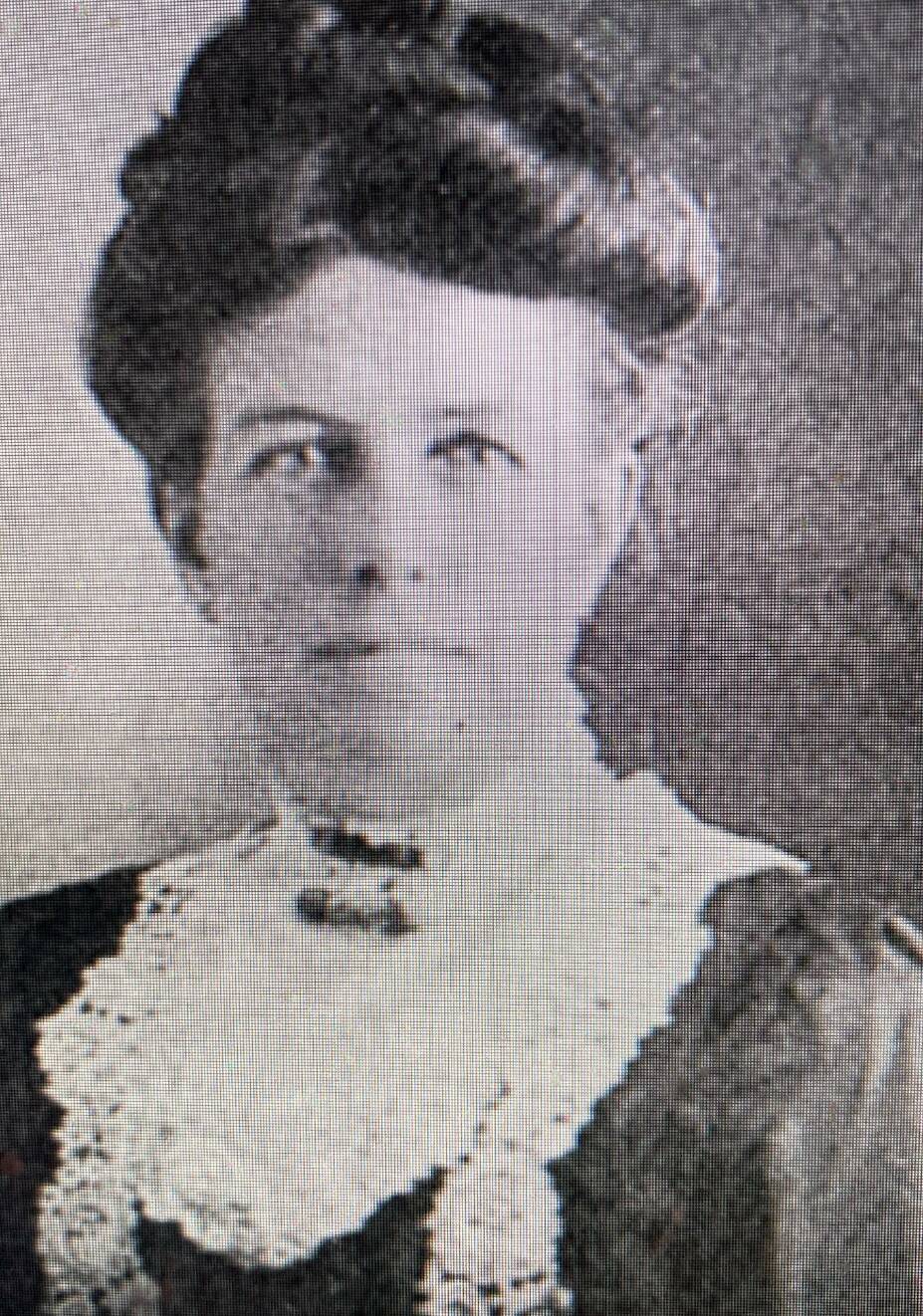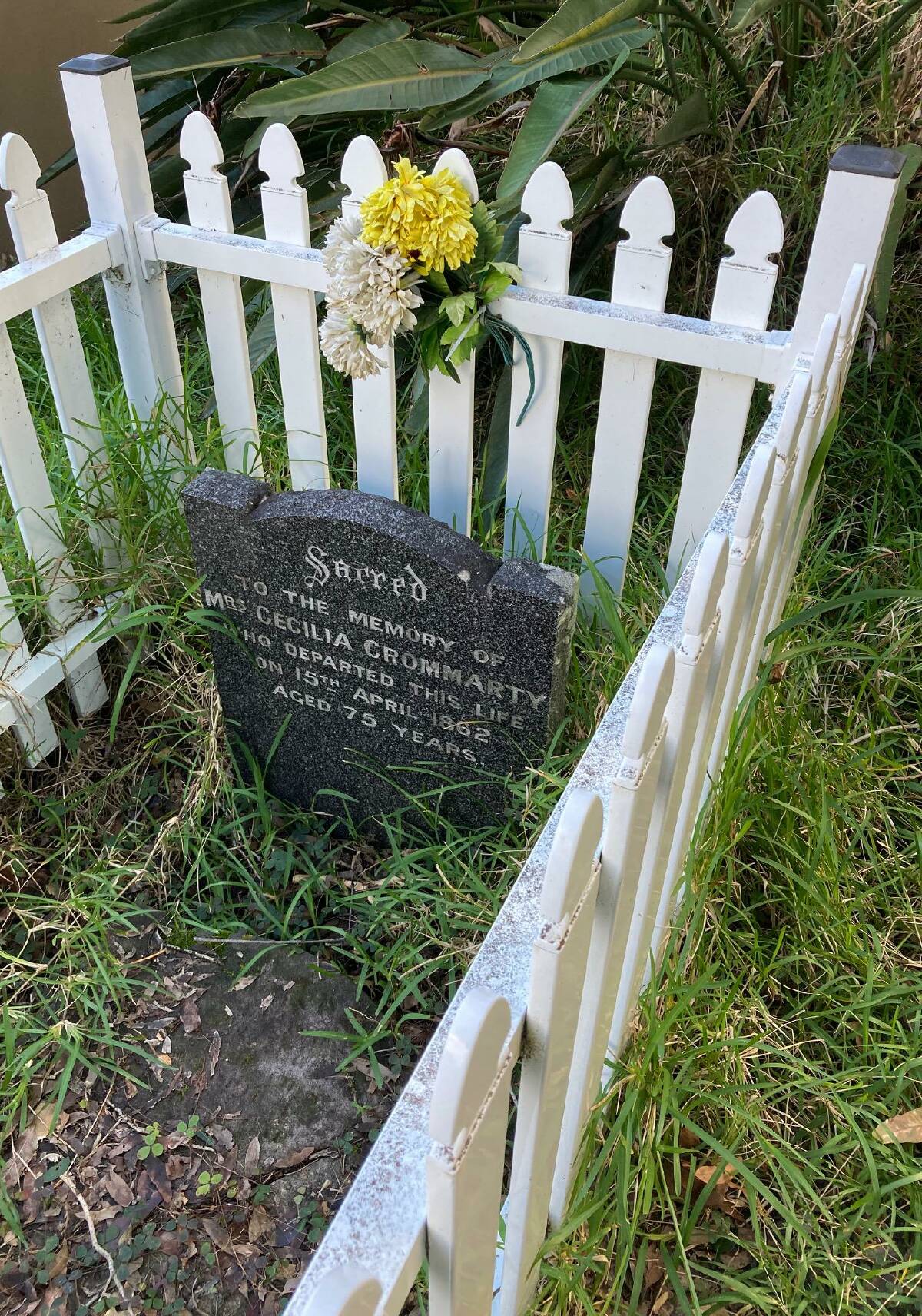
A LITTLE kindness goes a long way.
That's the way Port Stephens pioneer Cecilia Cromarty is fondly remembered after once being confronted by two escaped convicts in colonial times.
Folklore has it that the escapees had fled overland through scrub from Tahlee, on the northern shores of Port Stephens. They then swam across the waterway, reaching the finger of land known then as Point Laura, today's Soldiers Point.
The desperate and hungry felons then faced Mrs Cecilia (or Sissey) Cromarty with a demand to be fed. This was sometime after 1838 as Sissey Cromarty was now a widow, with three children. She was also running a small general store to survive in the remote bush site by meeting the needs of visiting whalers, fishermen and Aborigines.
She was also known to be compassionate and generous.
The convicts believed there was enough money hidden on her Ronaldsha farm to make their detour worthwhile. After robbing her, they planned to kill her, then vanish into the bush. Instead, Mrs Cromarty welcomed and fed them. As the story goes, as one convict later prepared to leave, he slyly indicated to his mate to do the deed. But the companion hesitated, saying she had treated them both with such kindness she deserved to live - as long as she gave them a boat to get away, which she did.
Well, that's part of the legend surrounding Sissey Cromarty, the well-respected widow who outlived her husband, William, in the wilderness by 24 years. In many ways, she became as famous, possibly more so, than he ever was. Her big, extended family, her humane nature, bravery and longevity probably had something to do with it.
The potentially life-threatening episode with the convicts then spurred the colonial government to place soldiers nearby with a cannon at what soon became known as Soldiers Point. The troops were to fire the gun as a warning in case any other fleeing convicts from either Tahee settlement, or further north at Port Macquarie, were spotted.
Strangely though, comparatively little else is known about pioneer matriarch Sissey Cromarty, but she must have had a lot of grit and stamina to survive and prosper. Her property, Ronaldsha, seems to have been on the western part of the peninsula, near Mary's Bay. It may seem an odd place to live, except that it's only a short walk overland to the landmark Johnny's Well (behind the present Bannisters) and a spring that once provided much-needed fresh drinking water to passing American whalers and other ship crews in the 1840s. The site was a godsend, a golden business opportunity for the struggling Cromarty family, who once ran long-horned cattle in the area, along with operating their general store.
Cromarty family members may also have been the site's last regular users, as late as the 1920s, but things may not be what they seem.
Some Aborigines insist that today's historic, restored Johnny's Well (apparently named after one of the Worimi people) was elsewhere. It's claimed the original freshwater spring was actually among rocks about 50 metres to the east. It's also claimed that the present structure may even have been built for tourists as a wishing well out of leftover bricks from motel building about 1968.
But back to Mrs Cromarty, who died in April 1862, aged 75, and is buried in Soldiers Point separated by fate from her husband William's grave across the water at Tahlee Cemetery. Unfortunately, the name on her black marble tombstone is also misspelt as "Crommarty".

She and seafarer husband William had married in Orkney, north of the Scottish mainland, in 1815 before he came ahead to NSW to make a better life for the family overseas. William worked hard from his arrival in 1822 and was highly regarded by government and merchants. He charted major rivers, supervised cedar-cutting gangs, and even briefly became Newcastle Harbour pilot before being injured and trying his luck as the first white settler in Port Stephens.
Captain Cromarty suddenly drowned at One Mile Beach in 1838, along with his eldest son William, aged 16, and two others.
According to family detective and author Leslie Kilmartin, widow Cecilia (Sissey) Cromarty (nee Brown), like many colonial wives, must have been resourceful and resilient. Kilmartin (William was his three-times great grandfather) said that, as a mariner's wife, Sissey was often left alone with her children.
"Before coming to the colony (of NSW) in 1824 she spent more than two years in London without William but with young children, two of whom died," Kilmartin told audiences at three lectures in Salamander, Karuah and Maitland recently.
"This was a long way from her village in Orkney with family and friends to support her. We can only speculate on the difficulties and dangers she faced as a single mother living in the docks area of the huge metropolis of London.
"She must have also spent long periods alone in colonial NSW while William sailed his brig 'Fame' on various voyages. Perhaps she and the children sometimes accompanied him."
Much earlier, in August 1824, even her arrival with children in Australia was not without drama. Their ship, the Phoenix, ran into the Sow and Pigs, a well-known reef just inside Sydney Heads, off Watsons Bay. Luckily, the vessel was floated off the following evening.
William and Sissey were finally reunited for the first time in almost two and a half years, and he met his new son, William. A daughter Nellie, however, had died in London.
Life was hard, but the Cromarty name lives on everywhere today in Port Stephens (Cromarty Bay, Cromarty Creek, Fame Cove and Soldiers Point). Some people attribute the will to succeed of former "Orcadians", such as the Cromarty clan, to essentially being of Norse or Viking stock, rather than Scotland's traditional Celtic lineage.
And times change. One relative became an MP, while another, nurse Bess Cromarty, a fourth-generation descendant, became matron of Stockton Hospital. She also remembered when there were 80 dairy farms along the road from Newcastle to Nelson Bay, dwindling to only three (in 1987).
With such recent interest in Cromarty history, there's little wonder that a big family reunion is proposed for September 12 at Nelson Bay to commemorate the 200th anniversary of Captain Cromarty's arrival in Australia.
The last word here, however, should belong to author Kilmartin. He said that on the day of Cecilia Cromarty's funeral in 1862, rough conditions prevented her body being transported across water to the northern shore of Port Stephens. The conditions persisted for three days before it was decided to bury her at Soldiers Point instead, at a spot overlooking where she once awaited her husband's return from regular coastal trips.
"But in a cruel twist . . . many years later, the original grave (was council approved) to be covered by the driveway of a new suburban house. Family members placed a headstone a few metres away where it stands today surrounded by a simple picket fence," he said.







